#seastar
Text
Deep-sea stars
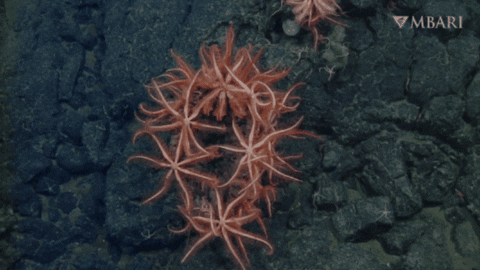
The deep seafloor is home to a dazzling diversity of star-shaped invertebrates. From expansive abyssal plains to rocky canyons, these stars—in the subphylum Asterozoa—have adapted in various ways to thrive in the deep.

Some of these underwater stars scuttle across the mud on an army of tiny tube feet. Others perch on rocky outcrops, waving a twisted tangle of arms in the current.
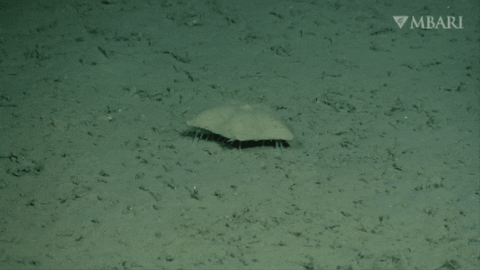
Their diets range from tiny drifting plankton to scavenged scraps, or crustaceans, worms, and even the occasional fish! Several of these sensational stars have armored plates for protection, while others spew nasty slime when a predator tries to grab a bite!
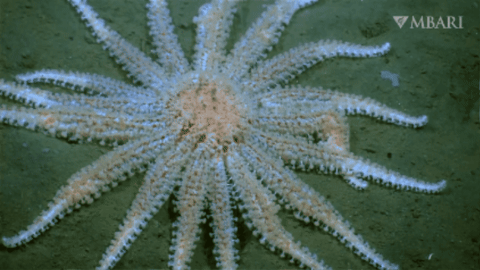
Understanding and documenting the amazing biodiversity of animals in the deep sea is increasingly critical. Fishing pressure, pollution, and climate change all threaten ocean health. Help us spread the word about protecting the important but rarely-seen habitats deep below the ocean’s surface.
youtube
409 notes
·
View notes
Text
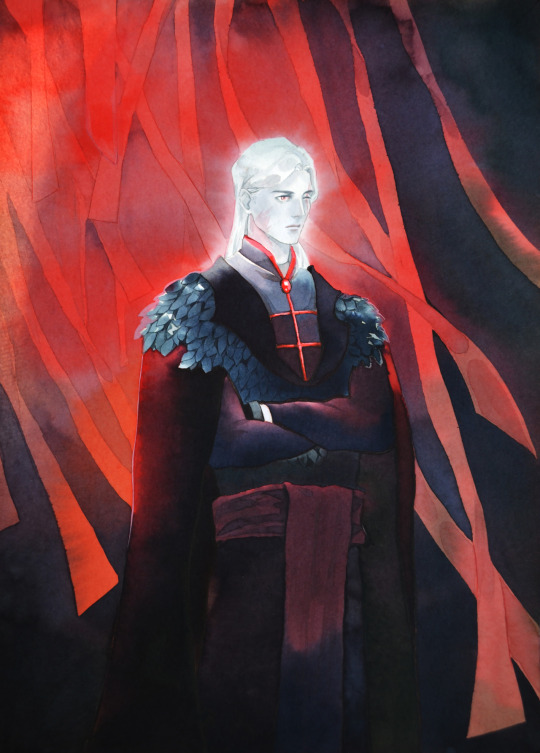
Art by the amazing artist @deyonside of lord bloodraven brynden rivers thank you so much 🫂
#art#a song of ice and fire#asoiaf#pre asoiaf#pre got#game of thrones#pre game of thrones#hotd#song of ice and fire#fantasy#brynden rivers#blackfyre rebellion#great bastards#bloodraven#river#albino#grrm#shiera seastar#seastar#house targaryen#house blackwood#lord commander#nights watch#magic#red#dragon#3 eyed raven#3 eyed crow#riverlands#westeros
159 notes
·
View notes
Text
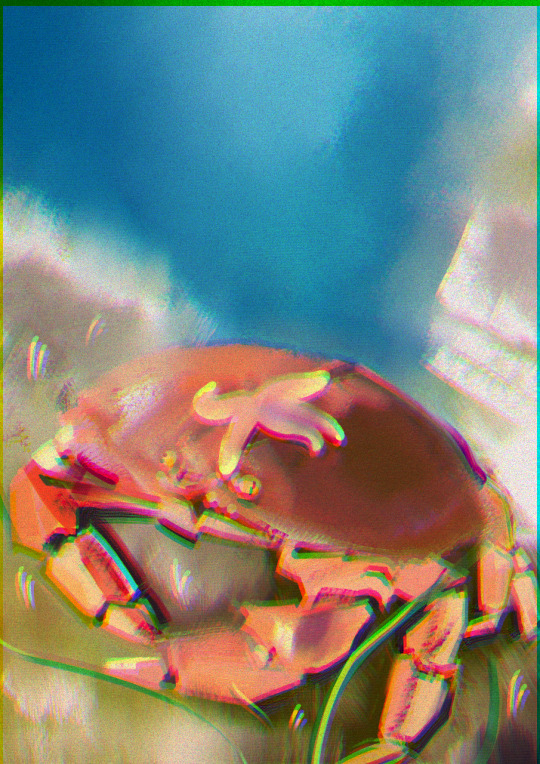
I Wonder Why I Have A Headache?
149 notes
·
View notes
Text

The bride and the ugly ass groom
#their shipname is seastar now btw#seastar#undertale yellow#my art#uty#oc x canon#ut yellow#starlo#starlo uty#north star#north star uty#the bride and the ugly ass groom#redraw?#i guess?#idfk no#corrin#oc#undertale oc#undertale#art
75 notes
·
View notes
Text
ok hear me out







#heather wouldve kissed that mf on the lips if it meant getting her into an alliance at that point 💀#total drama#td heather#td bridgette#heathgette?? breather?? bridther?? idk#look im a sucker for ultra nice girl x evil bitch trope alright#also again bridgette move its my turn#look at that final image and tell me its not the exact same pose she used when kissing trent#seastar#td seastar
184 notes
·
View notes
Text
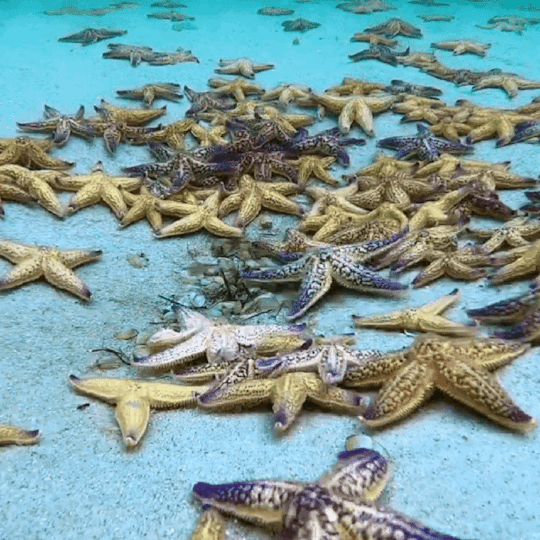
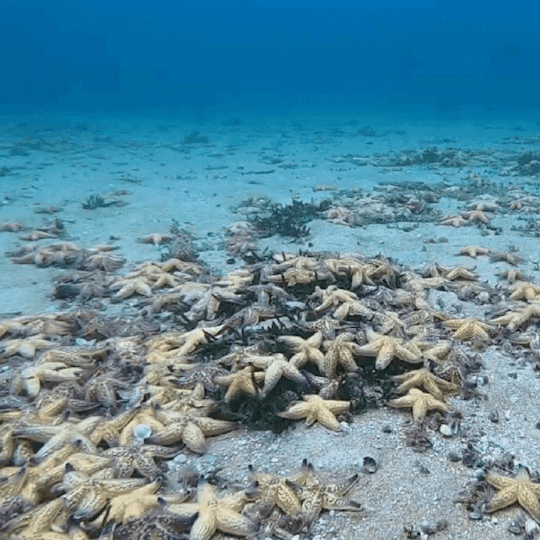
Starfish time-lapse | source
18 notes
·
View notes
Photo
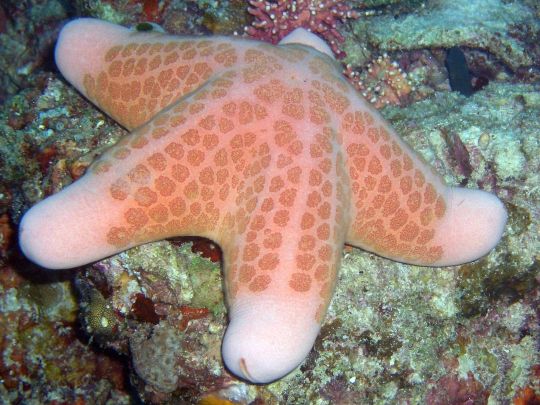
⭐This plump-looking marine animal? It’s the granulated sea star (Choriaster granulatus), also known as the “doughboy starfish” for its portly look. It grows to about 10 inches (25 centimeters) in size and hangs out around reef habitats in shallow Indo-Pacific waters. On its menu are coral and other small invertebrates—it sometimes even scavenges dead animals. Photo: Samuel Chow, CC BY 2.0, flickr #AnimalFacts #SeaStar #startfish #nature #OceanLife https://www.instagram.com/p/CiIqGFuLmE6/?igshid=NGJjMDIxMWI=
417 notes
·
View notes
Text


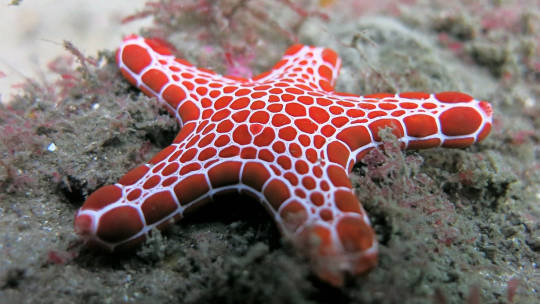
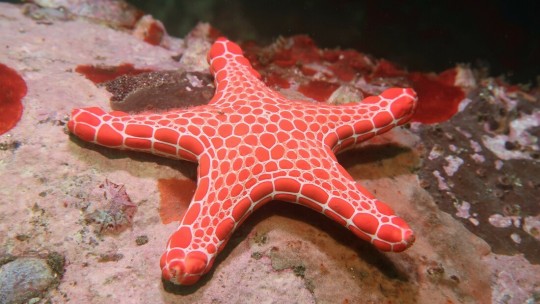
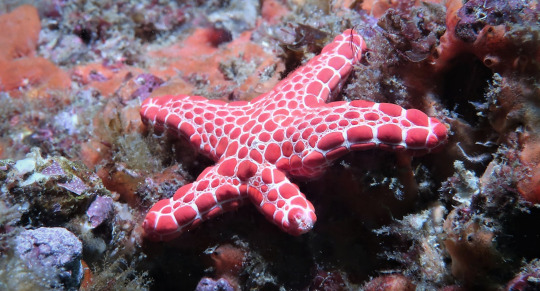
Australian Biscuit Seastar
#Australian Biscuit Seastar#starfish#seastar#sea creatures#photography#naturecore#ocean#sea#red#water#underwater#nature
665 notes
·
View notes
Text

“Her most ardent admirer was her half-brother, Bloodraven, who proposed marriage to her half a hundred times. Shiera gave him her bed, but never her hand. It amused her more to make him jealous.”
#artists on tumblr#artwork#digital artist#house targaryen#my art#art#daena targaryen#house of the dragon#succession#star wars#brynden x shiera#shiera seastar#Seastar#shiera hall#greatbastards#grrm#fire and blood#asoiaf#asoif/got#asoif fanart#hotd fanfic#fanart#digital drawing#digital art
24 notes
·
View notes
Text
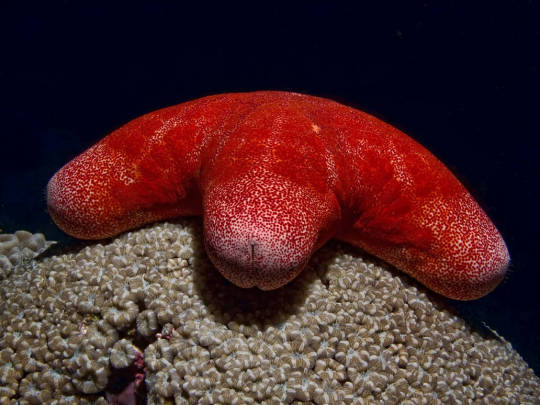
Granulated Seastar (Choriaster granulatus)
19 notes
·
View notes
Text
Smooth star moves 🌟
These brittle stars are mud-loving animals, often found crawling across the muddy plains of the seafloor. This group of sea stars, known as Ophiuroidea, boasts a diverse number of species—more than 2,000 different species! They feast on a variety of prey including food particles suspended in the water, organic particles that settle on the seafloor, or small animals like crustaceans, and live in a wide range of water depths—from the shoreline down to 3,000 meters (9,840 feet).
91 notes
·
View notes
Text




Art by the amazing artist @HaleyParsleyVO on Twitter
#art#red#fantasy#game#bloodraven#shiera seastar#seastar#brynden rivers#rivers#house targaryen#house blackwood#a song of ice and fire#pre asoiaf#asoiaf#magic#green#blue#white#albino#eye#eyes#grrm#dragon#dragons#great bastards#targaryen#blackwood#royal#lys#witch
109 notes
·
View notes
Text
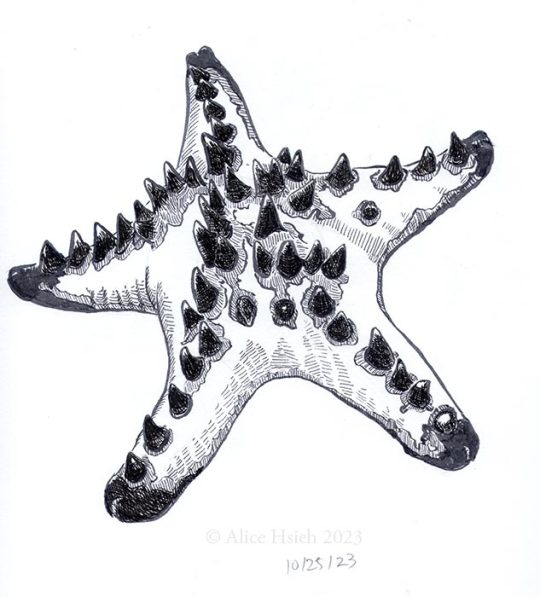
Invertober Day 25: The horned sea star from the Invertober list, but I've heard it more often referred to as the chocolate chip seastar. They are cool-looking soft bodied seastars. Referenced from a few photos so shading is a little off. Pentel brushpen and Windsor & Newton fine-line marker on Canson mixed media.
#Invertober#Invertober 2023#InvertoberDay25#horned sea star#chocolate chip seastar#seastar#starfish#animal#animals#invertebrate#Echinoderm#Protoreaster nodosus#art#my art#sciart#October drawings#October drawings 2023#pen and ink#black and white
22 notes
·
View notes
Photo

Beef Sells Sea Shells Batch 5
Priced individually (listed below). Check replies or dm for availability!
Vanilla Geoduck: $20
Queen Coquina: $10
Sunflower Seastar: $15
TOS: Once bought you can do whatever you want with them* but please credit me for the original design at least once. After purchase you will get a transparent PNG. Comment or message me to claim.
*Please do not use for racist, -phobic, ableist, terfy, abusive, n/f/t etc things
#adopts#adopts open#open adopts#cute adopts#cheap adopts#furry adopts#adoptables#adoptables open#open adoptables#cute adoptables#cheap adoptables#furry adoptables#geoduck#coquina#seastar#starfish#beef sells sea shells
42 notes
·
View notes
Text
@totaldramararepairweek2023
heathette/seastar | 4k words | oneshot | 2023 rarepair week; day 7: injury
summary:
Bridgette wipes out in a horrifically embarrassing fashion, and what’s worse? The cute girl who always watches her out of the corner of her eye saw the whole thing.
What’s worse than that? She accidentally smacks her with her surfboard, after.
Yeah, today’s a disaster.
in true kit fashion, I posted my work for the last and final day of rarepair week on the final day of the late deadline hdjkhfjkh
in my defense, I meant to write smth else for this day of the rarepair week, and I did have a thing halfway hashed out and a fourth written before college life hit me and I got rlly drained and realized that chances are I won't be able to finish it in time lmao. so if this oneshot seems a bit too scattered, I apologize, I literally wrote it all in a sort of writing tunnel-vision yesterday 😭
it's like these two pushed me to write abt them. I had not planned on this oneshot whatsoever, but here we are, and no regrets!
#total drama#noahtally-famous#kit stuff#kit writes#td bridgette#td heather#heathette#seastar#tdi#total drama rarepair week
17 notes
·
View notes
Photo
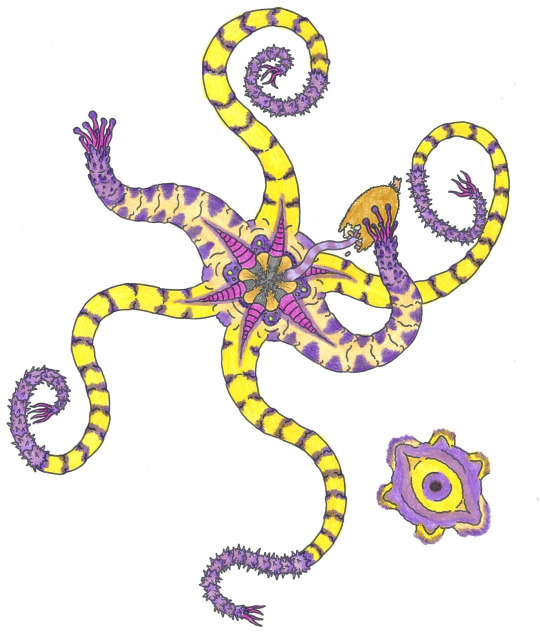
Rainforests are absolutely incredible ecosystems, as they are packed to bursting with strange and beautiful species, but that benefit can get a bit frustrating sometimes. No denying that I love every trip I take to one of these habitats, as I always see something new, but the sheer amount of flora and fauna within them can be quite daunting. How do I pick what I am going to study? How do I keep myself focused on just a single species? And also, most importantly, how do I even find the thing I want to research?! Forests can make tracking difficult enough as it is, but a rainforest has so many layers and so much life high above in the branches that it feels almost impossible to enter one of these places with a single goal in mind. If I am visiting a rainforest, it is almost better to go in with an open agenda and just see what shows up during your research. Because if you go in with the idea that you just want to find and research a single species, then it is almost guaranteed that you will never find it. One reason for that is because the environment is huge and filled with trees, plants and mist. Another (and the big one I have a hard time with) is that a whole lot of life lives up in the trees where it is hard to reach. Perhaps for a gralatar or furceros this wouldn't be so hard, but a simple dryad like me cannot easily scale these massive trees and comfortably navigate the labyrinth of branches above. I have tried some expeditions up above, with the help of some local gralatars, but these didn't really work out that well (for me). I won't lie, I was kinda terrified the whole time. Walking and climbing across all those branches while also keeping an eye out for other creatures was nerve wracking. Eventually I just settled on a large stationary tree stand for me to hide in and look out from. Whatever came into view was good enough for me! So while I sat around tied to a tree with spider silk, I did get some good sightings of the arbocellus, who were much more in their element then me!
Since they climb high above in the rainforest canopy, most ground walkers see very little of the arbocellus. But what little they do glimpse is certainly enough to leave an impression! The flurry of tendrils as they grapple for a branch, and the piercing gaze of a single cyclopean eye. Another common name for them is the Jungle Eye, as they are described as tentacled eyeballs that hang above in the canopy. I can't imagine what it must have been like for the first person to encounter one. To look up into the trees one day and see a massive eye staring down at you! I bet they thought some tropical giant was spying on them or something! Even when we know the truth about them, the random encounters still throw you off guard. I remember during my watches when I caught a glimpse of one passing through the branches, and I must admit I had a momentary freakout! Even with the knowledge that it wasn't a real eye, I was still caught off guard!
Though stories give the idea of large eyes with tendrils haunting the canopy, it isn't fully the truth. It turns out, that the huge eyes they see aren't actually real eyes, they are just back patterns that look like them. The arbocellus is actually an echinoderm, more specifically related to sea stars and brittle stars. Their actual eyes are way smaller and are both found on the tips of their limbs and ringing the mouth in the center. The arbocellus possesses six flexible limbs to help it live up in the canopy. Four of these arms are long and thin, designed to reach for and wrap around branches as they climb and swing. The end segments of these tentacles have blunt spikes on them, which are meant to help secure its grip on wet branches. The other two are much shorter and bulkier, with their tube feet at the end modified to act more like graspers. These thick arms are for grabbing and holding, which is good for seizing food and carrying it along as they navigate the canopy. In the middle of it all is their mouth, ringed with sharp serrated teeth that can crack and cleave! Hidden within its gullet is a long "tongue," which unfurls to reach into its food and suck out the tasty bits! Though it acts like a tongue, the current belief is that it is some modified portion of their stomach, made long and tube-like to slip through shell and husk to feed.
With long tentacles and a vicious looking maw like that, most people would be quick to assume that it is a nasty predator. Beware the vicious crawling eye, as it drops down upon its prey to crack open the skull and suck out your brains! Oh, the countless headless corpses left behind from such horrid beasts! Aw, I am just kidding! Arbocellus is mainly a fruit eater! Those grabbing arms pluck fruits from the branches and the powerful teeth gnaw through rind and shell. Once a hole is made, the tongue slithers in and releases digestive juices. The inner flesh breaks down into a soup, which is then slurped up by the tongue. It should be noted, though, that while the arbocellus primarily eats fruit, it does like to supplement its diet with some meat. However, the only ones who need to worry about them are egg-laying species, as that same feeding strategy works well against egg shells. Parents must keep a close watch over their nests, or else an arbocellus is sure to swing in and steal an egg or two. That is when those grabber arms shine, as they seize a stolen prize and cling to it desperately as the treestar flees the wrath of the parents. Thankfully, the arbocellus is able to withstand a great deal of punishment. Their skin is very tough and thick, making it hard to pierce and wound. Predators need a strong bite or really sharp claws to do any damage. With their arboreal nature, they prefer the flight method when faced with a threat, fleeing to the branches and losing their pursuer in the tangled canopy above. If cornered, those spiny tendrils can give a good lashing, and can also choke someone out if they get wrapped around a throat. Even if the predator can get a bite in, the arbocellus isn't too worried about losing a limb. In fact, they prefer that attackers just take an arm and leave them be, as their regenerative abilities allow them to easily grow back lost appendages! This leads to sightings of arbocellus with missing limbs or even stubby ones that haven' fully regrown. You will see that they get along just fine with an arm or two less!
I feel like now would be a good time to mention the eye pattern on their back. Like I said, it isn't a real functioning eye, it just really looks like one. It is currently believed to be a false eye to startle attackers or make it difficult for predators to determine where to strike from. As far as we know, that is all that it does. It does not have any special powers or magical abilities tied to it. There is no curses created by it or evil eyes cast from its gaze. It just looks like an eye, that's it.
Of course, you can probably tell that there is a whole lot of superstition around this species, what with the giant eye. Some folk believe them to be the watchers of the jungle, the all seeing eyes of the gods. Others claim that the gaze of these climbing eyes is evil and they place curses upon those they stare at. That is why some folk wear specific hats or headgear when they go into the rainforest, to protect them from the evil gaze of the arbocellus. As a result, the piercing eye of the arbocellus shows up a lot in paintings, carvings and decoration, with their role being good or evil depending on the culture. I have seen some warriors brandishing shields with the eye pattern painted upon them, meant to scare their foes in battle. In other places, I have seen the skinned husks of the arbocellus hanging above doors with spikes driven through the "eye." This is meant to blind the evil and keep those within safe from the cursed gaze. Piercing the eye is how one prevents a curse from being placed upon them if they catch an arbocellus staring at them, so this species winds up getting a lot of darts or spears in the back. Thankfully, their thick skin and regenerative abilities keep these wounds from being lethal, but you can easily see how this species has grown fearful of locals. I guess these attempts to ward off evil have somehow worked out, as the cursed gaze has fled higher up into the safety of the canopy. Now the people live happily without fear of evil eyes and the arbocellus lives happily without getting stabbed in the back a whole lot.
Chlora Myron
Dryad Natural Historian
--------------------------------------------------
“Arbocellus”
With limbs like that, why not take to the trees?
#seastar#starfish#brittlestar#monster#creature#art#drawing#I wanted to call it a tree star!#curse you land before time!
35 notes
·
View notes